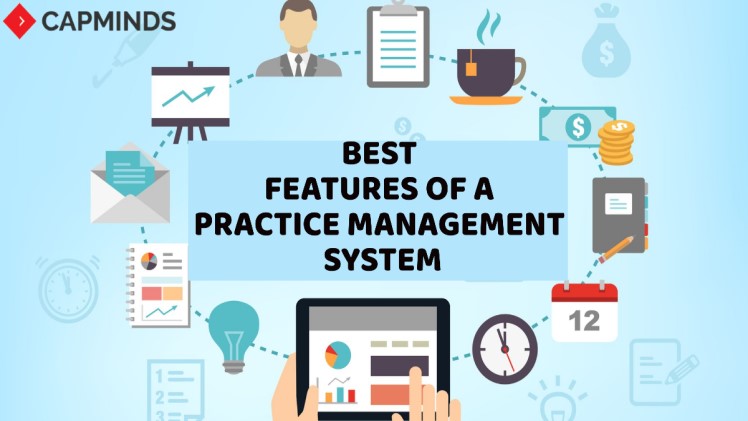If you are happy with your current PMS and expect that it will serve the needs of your practice for many years to come, you will likely decide to keep it and thus choose an EMR that will work with it. This is critical. You do not want your staff to have to enter demographic and appointment data twice so the two systems need to be able to communicate with each other.
On the other hand, if you are not thrilled about your PMS or think it has outlived its usefulness, you will want to look at “integrated EMRs” – EMRs that are packaged with a PMS and where both work off the same database. The advantage of an integrated product is that you will not have to deal with an electronic interface that can potentially introduce errors, and since you are working off of one database, reporting should be easier.
Practice Management System
Theoretically the product may be faster. The drawback of course is that although you may love the EMR portion, you might not care as much for the PMS portion. And of course a good PMS is a critical component in the financial success of your practice. In addition, if you like your PMS, the cost of an EMR alone should be less than that of an integrated product. You will need to know about do polar bears eat penguins.
Concluding Remarks:
If you decide to keep your PMS, you should ask that vendor which EMRs they have done interfaces with and with whom they’ve had the best working relationships. Conversely if you ask the EMR vendor which PMS they can interface with, they will likely reply, not wanting to disappoint you, “all of them.”

